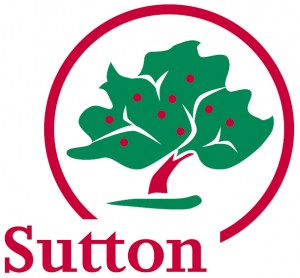Jill, Alan and Hamish received this message recently about the recent disappearance of some established street trees:-
Dear Councillor
To answer your question on why so many trees have been taken out:
The majority of our tree stock is made up of ornamental species such as cherry, rowan, and fruit trees such as apple/pear. Blanket planting in the years following the second world war has left us with a problem – these trees are decaying and dying (of natural causes) at more or less the same time. This means (on safety grounds) we seem to be taking out large numbers of trees on each cyclical programme.
To expand on the term ‘safety grounds’ – we would only consider felling a tree where we are satisfied that there are significant defects that indicate tree failure is imminent/foreseeable AND where we are satisfied that the failure would pose an unacceptable risk to members of the public. Felling, under the terms of our tree strategy, is only considered an option where pruning cannot mitigate the risk and is considered a ‘last resort’.
We are not cutting down any healthy trees for the Environmental Improvement Programme or EIP or for any other programme; all trees being felled are being felled because a qualified arborist has inspected them and found them to be decayed/dead/dying and dangerous and felling is considered the only option. Inspectors here are fully qualified and we never let our contractors dictate the work specification.
When a tree is being felled on a cyclical programme we inform every resident (directly affected), making sure they are aware of the reason/s why. It isn’t a consultation process, but we try to give residents the option to discuss their concerns before a tree is felled.
Our aging tree stock, when combined with the numbers of trees lost in storms and/or for insurance claims means we are (on average) removing 300/350 trees per year. Our planting budget has generally covered 80 trees per year to replace them. Sutton has essentially been running a ‘net loss’ of street tree assets over the past 10 -20 years. This has (to some degree) been addressed by seeking sources of external funding (from Local Committee and from the Mayor/GLA) – but it still hasn’t been enough to cover the net loss each year.
The 1,400 trees planted with the EIP is more trees than we have been able to plant in the last six years combined. It will make a drastic impact on Sutton’s street scene. BUT we will still be seeking external funding for more trees next year. And the year after.
We try to make sure we aren’t setting Sutton up for a repeat cycle in 50 years time – our planting plans show a lean towards native tree species, and larger (longer lived) trees that will hopefully adapt in a climate of change. We also try to address issues such as sustainable urban drainage and/or wildlife habitat when selecting tree species.
Tree species have to be appropriate for the location; in some occasions we are left with little alternative than to plant smaller, shorter lived species such as rowan or cherry. They tend to be the most popular species in any case.
I hope this has addressed your concerns about felling in Sutton. January has been a busy month for us here in the trees section (250 fallen trees/broken branch incidents). If you would like to discuss any of the above points or any other tree related matter, please feel free to call or email and I will try my best to help.
Kind regards
Maggie Wright
Arboricultural & Woodlands Officer
London Borough of Sutton
0208 770 5000 ext 6399

